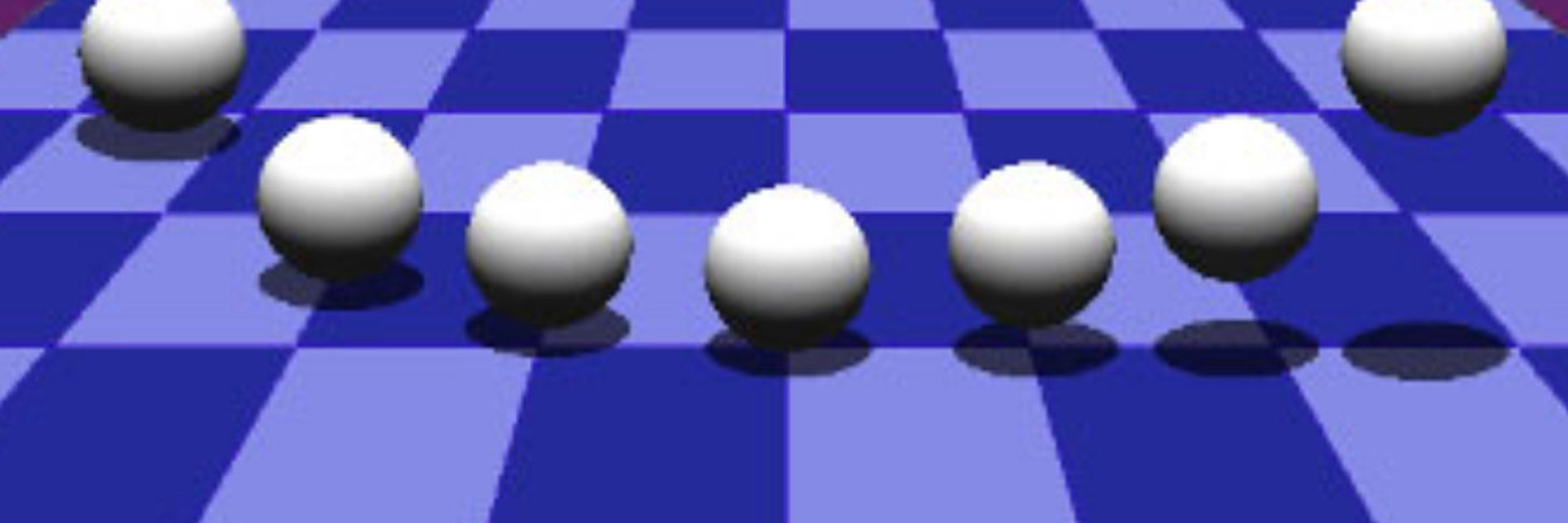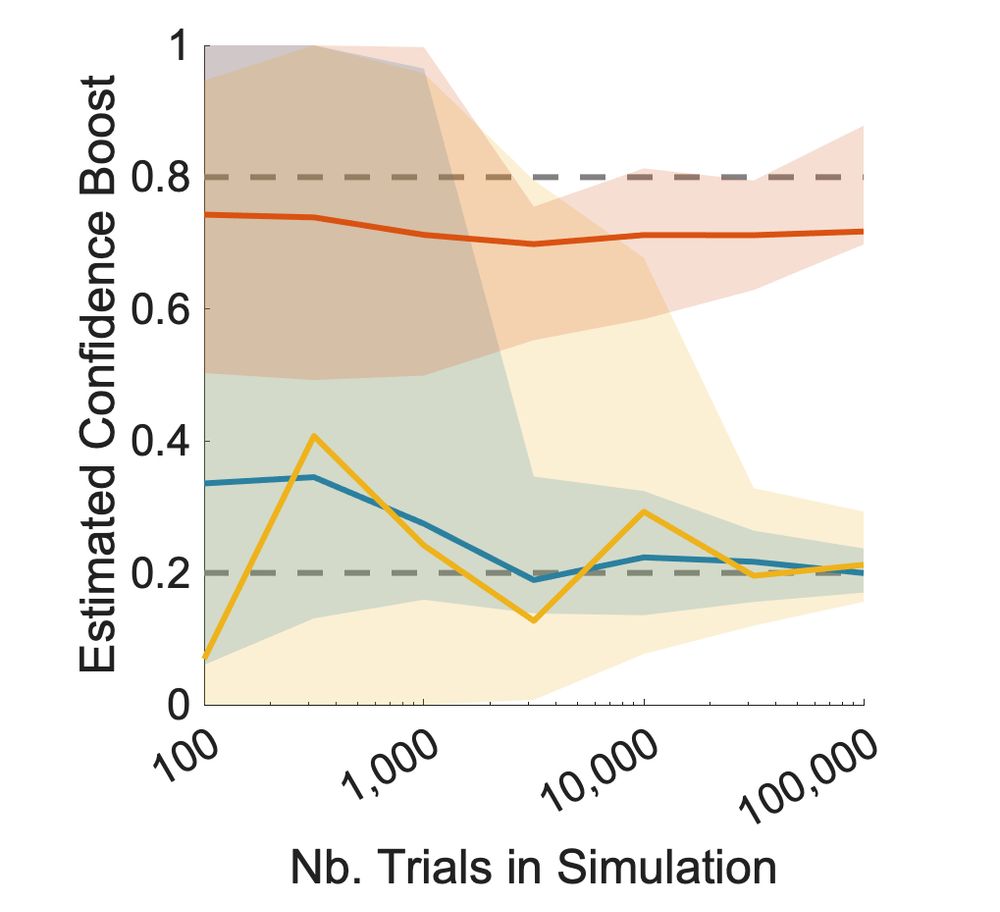
[2/3]

[2/3]
The effect presumably comes from the absence of S-cones in the fovea.
From Hinnerk Schulz-Hildebrandt:
arxiv.org/pdf/2509.115...

The effect presumably comes from the absence of S-cones in the fovea.
From Hinnerk Schulz-Hildebrandt:
arxiv.org/pdf/2509.115...
Matlab code here: github.com/mamassian/cn...
(4/4)

Matlab code here: github.com/mamassian/cn...
(4/4)
(3/4)

(3/4)
(2/4)

(2/4)
Uncorrected proofs here:
dx.plos.org/10.1371/jour...
(🧵 1/4)

Uncorrected proofs here:
dx.plos.org/10.1371/jour...
(🧵 1/4)

Richard Gregory probably helped to popularize the cultural hypothesis in his nice 1966 book “Eye and Brain”.
But since then, isn’t the dominant theory related to a misuse of the low spatial frequency content of the image (its blurred part)?
See e.g. doi.org/10.1068/p150...

Richard Gregory probably helped to popularize the cultural hypothesis in his nice 1966 book “Eye and Brain”.
But since then, isn’t the dominant theory related to a misuse of the low spatial frequency content of the image (its blurred part)?
See e.g. doi.org/10.1068/p150...
A nice development on the “stereokinetic effect” of Cesare Musatti a century ago, and more recently of the work of Zili Liu (UCLA):
doi.org/10.1016/j.vi...
original post here:
bsky.app/profile/jcpo...
A nice development on the “stereokinetic effect” of Cesare Musatti a century ago, and more recently of the work of Zili Liu (UCLA):
doi.org/10.1016/j.vi...
original post here:
bsky.app/profile/jcpo...
Overall, I agree with Tomer that it is not clear why we would want these models to fall for illusions the way humans do.
4/4

Overall, I agree with Tomer that it is not clear why we would want these models to fall for illusions the way humans do.
4/4
www.sciencedirect.com/science/arti...
3/4

www.sciencedirect.com/science/arti...
3/4
2/4

2/4
I have tried the vertical-horizontal illusion in its classic configuration. The model “Claude” is reporting the human-biased percept when the lines are physically equal (“illusion”)
1/4

I have tried the vertical-horizontal illusion in its classic configuration. The model “Claude” is reporting the human-biased percept when the lines are physically equal (“illusion”)
1/4
Here is another related picture from the following chapter that Dan Kersten and I wrote:
hal.science/hal-03984071/

Here is another related picture from the following chapter that Dan Kersten and I wrote:
hal.science/hal-03984071/
fast2024.sciencesconf.org

fast2024.sciencesconf.org
doi.org/10.3917/herm...

doi.org/10.3917/herm...

